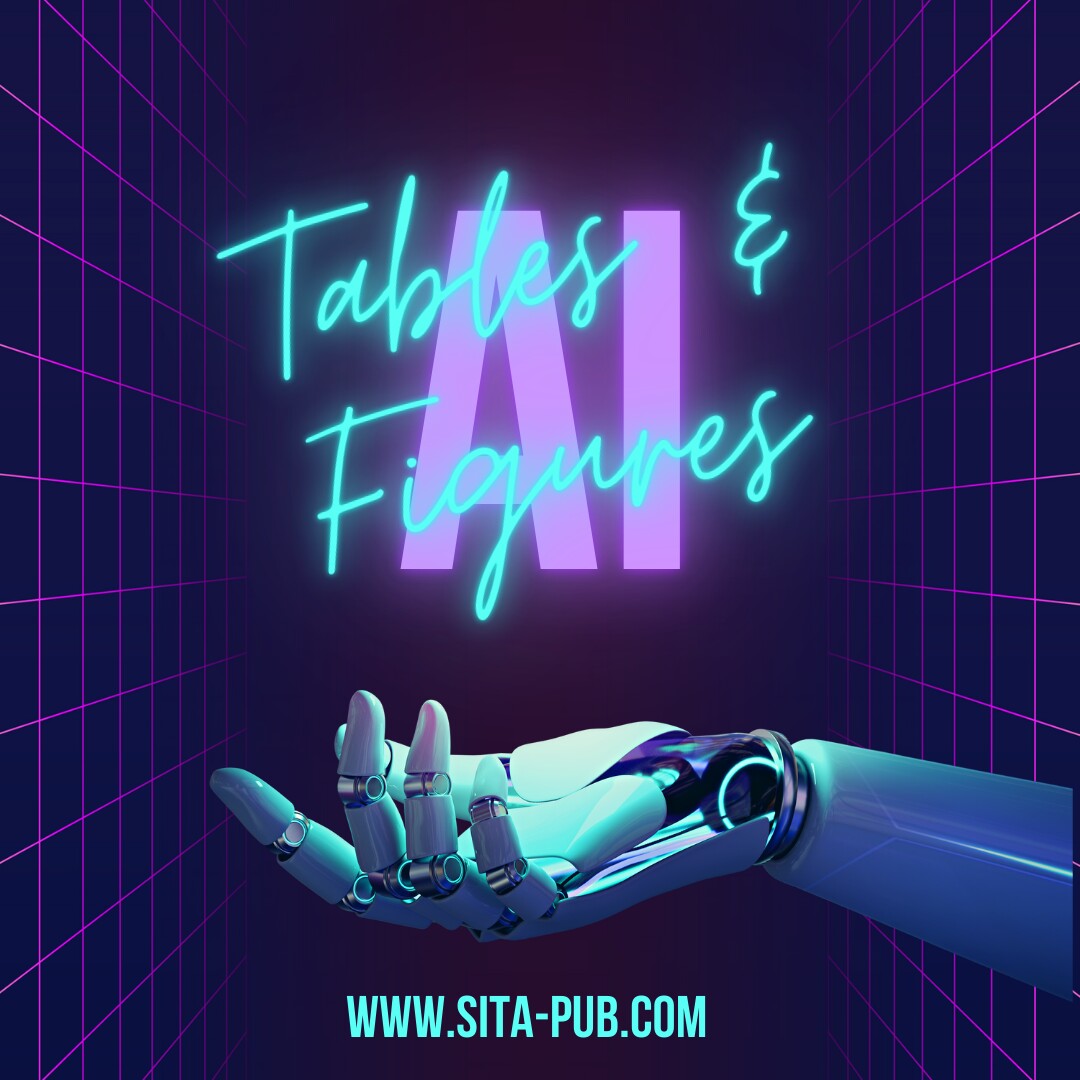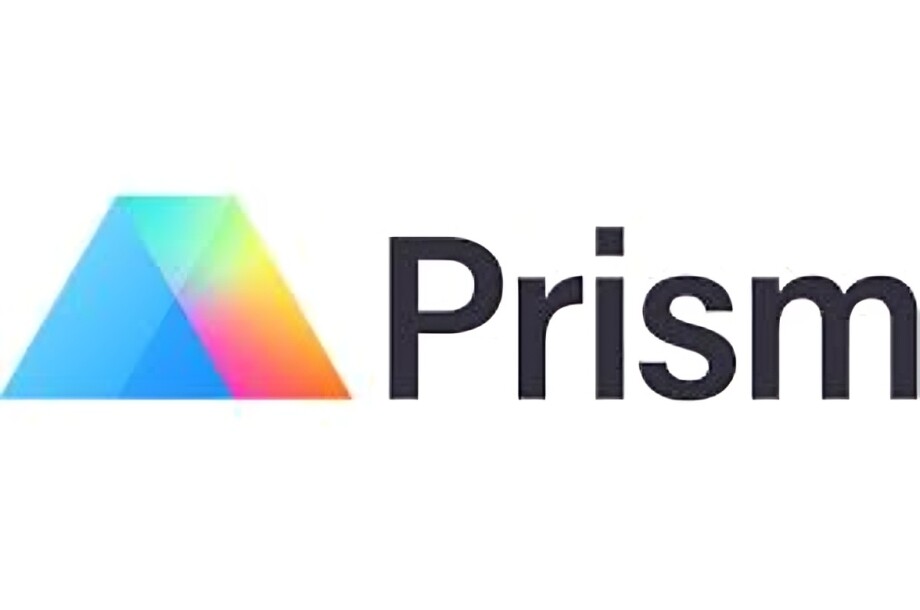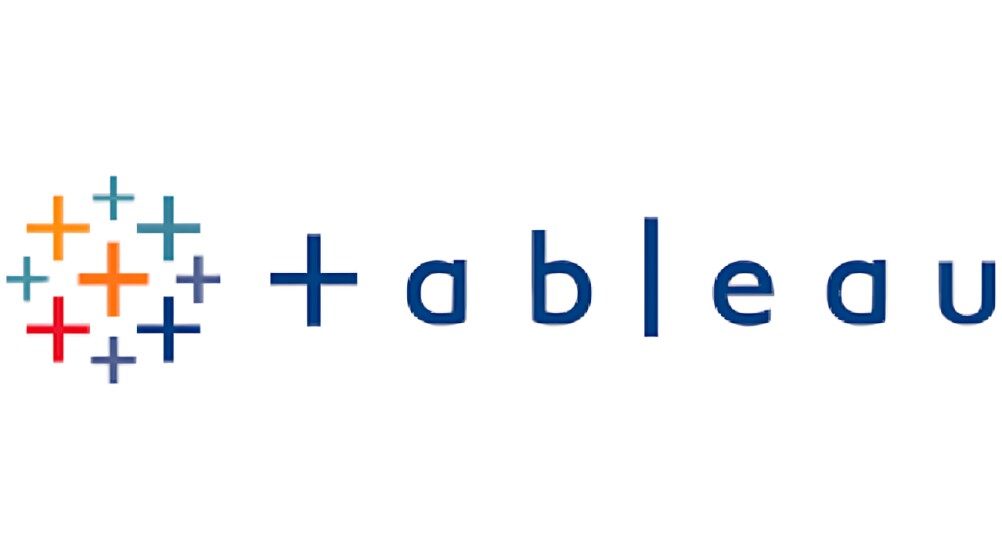AI Tools for Creating Figures and Tables for Manuscripts


In academic publishing, how you present your data is very important. Good figures and tables help readers understand your research better. With new AI tools for researchers, creating attractive and clear graphics is easier than ever. This article explores some helpful data visualization software that will enhance your manuscripts.
Figures and tables serve many purposes in a paper. They show key findings, summarize data, and highlight trends that may not be clear from text alone. A good figure can communicate information quickly, making it easier for readers to grasp concepts. Well-designed visuals can also improve your manuscript presentation, increasing its chances of being accepted by journals.

GraphPad Prism is a popular tool for data analysis and graphing. It combines statistical analysis with creating graphs, making it ideal for researchers. Its AI features suggest the best type of graph based on your data, allowing you to create high-quality figures ready for submission.

Canva for academic design is a simple tool that uses AI to suggest layouts and design elements. It offers many templates for scientific presentations, enabling researchers to focus on content instead of formatting.

BioRender is designed for creating scientific illustrations. It has an extensive library of pre-made icons and templates, especially for biology and life sciences. Researchers can quickly make detailed figures that meet publication standards.

Microsoft Excel for data analysis is still widely used. New AI features, like the Ideas tool, analyze data and suggest the best charts. Add-ons like Power BI enable advanced visualizations, making it easy to create dynamic figures.

Tableau data visualization is a powerful tool that allows you to ask questions about your data in simple language. Its AI features create visuals based on your queries, making it great for handling large data sets.

For those familiar with LaTeX for tables, adding AI extensions can speed up table creation. Tools like Overleaf offer templates designed for scientific papers, and AI features help format tables to meet journal requirements.

Datawrapper is an online tool that lets researchers make interactive charts and tables easily. You can upload data and choose from different formats while AI optimizes table layouts for better readability.

Google Sheets for research data is popular due to its collaborative features. AI functions like Smart Fill help automate data entry, allowing you to create tables that update automatically with new information.

For those who code, the Pandas Python library is great for data handling. It allows researchers to create detailed tables summarizing findings, offering flexibility in presentation.
Here’s a summary table of AI tools for creating figures and tables, including their price, usage level, and key features
Tool | Price | Usage Level | Key Features |
GraphPad Prism | Starts at $295/year | Intermediate | Statistical analysis, customizable graphs |
Canva | Free / Pro at $12.95/mo | Beginner to Advanced | User-friendly design, templates for science |
BioRender | Starts at $300/year | Intermediate | Library of scientific icons, easy diagram creation |
Microsoft Excel | Part of Office 365 ($69.99/year) | Beginner to Advanced | Data analysis, AI suggestions for charts |
Tableau | Starts at $70/user/month | Advanced | Interactive data visualization, natural language queries |
LaTeX (Overleaf) | Free / Paid plans from $15/month | Intermediate | Collaborative editing, templates for scientific papers |
Datawrapper | Free / Paid plans available | Beginner to Intermediate | Interactive charts, easy data upload |
Google Sheets | Free | Beginner to Advanced | Collaborative features, AI functions for data analysis |
Pandas (Python) | Free | Advanced | Data manipulation, customizable table creation |
This table summarizes key aspects of each tool, making it easier to compare them for your needs.

While AI tools are helpful, it’s important to follow best practices:
Understand Your Data: Know your data well before using any tool. Choose the right type of figure or table that best shows your findings.
Keep It Clear and Simple: Aim for clarity in your visuals. Avoid cluttering figures with too much information and focus on key insights that support your research.
Follow Journal Guidelines: Different journals have specific rules for figures and tables. Make sure you know these rules to meet their standards.
Iterate and Improve: Use the features of AI tools to refine your visuals. Get feedback from colleagues to enhance clarity and impact.
Stay Updated: AI tools are always changing. Regularly check for updates and new features that can enhance your work.
AI tools are changing how researchers create figures and tables for their manuscripts. By using these technologies, scholars can produce clear and attractive graphics that help communicate their findings effectively. Whether through specialized software like BioRender or versatile platforms like Canva, the right tools can make a big difference in presenting scientific data. Embracing these tools will help researchers share their work more successfully.
At SITA Academy, we specialize in formatting your tables, figures, and references to align with journal guidelines. Our expert team ensures that your visuals and citations meet the required standards, helping you present your research professionally. Let us take the stress out of formatting so you can focus on your content.
If you have any questions, inquiries, or would like to learn more about our services, please don't hesitate to reach out to us. Our dedicated team is ready to assist you.